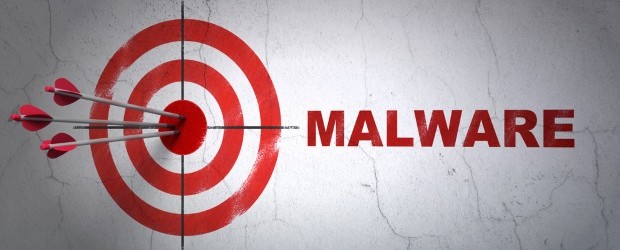The Creeper Worm, the first known computer virus, was designed in 1971 by Robert H. Thomas. It doesn’t have the same firepower as today’s malware, but it did help kickstart what is perhaps the world’s longest-lasting game of cat and mouse.
Bad actors adapt to the newest security practices; finding new ways to exploit weaknesses in the system. And then security practitioners learn from those adaptations; developing new forms of security. The cycle then repeats.
But now we’re seeing the effects of malware creeping into the physical world, such as the Stuxnet attacks on the Iranian nuclear program.
And despite what some might say, don’t expect this back-and-forth, ever-changing battle between the attackers and defenders to end anytime soon. The attacks of the future will become more and more complicated and outside the box, said Soloman Sonya, assistant professor of computer science at the United States Air Force Academy, who recently spoke at the SecTor conference in Toronto.
“Others will say, ‘Don’t worry. The large scale attack will be nothing of significance tomorrow because now we’re going to insert word-of-the-day AI,'” said Sonya.
But that we will never deliver complete security, he added.
Sonya explained his understanding of the evolution of malware as a progression based on the new-found capabilities of the malicious actors. As they found new ways to cause damage and chaos, they exploited those new avenues.
According to Sonya, hackers first began asking “What can I do?” Then they moved on to “How can I move?” and “How do I communicate?”
With the basics mastered, it began a race to “How do I evolve?” And that is when hackers realized this could be a means to a monetary end, which is why they’re now asking themselves “What can I take to generate money?” and “How do I get you to pay me?”
The advancement of technology has enabled them to answer these questions and disrupt physical infrastructure. And as vehicles become connected to the internet, along with entire factories due to the proliferation of IoT, the question for the world becomes: What’s the worst that could happen?
“Tomorrow’s attacks will be asymmetrical and unconventional,” said Sonya. He pointed to recent attacks in the physical realm like the previously mentioned Stuxnet attacks, the attack demonstration on a moving Jeep by Charlie Miller and Chris Valasek. He also mentioned Chris Roberts who was able to hack into the controls of the plane he was on by using the in-flight entertainment system, and alluded to the possibility that the recent problems with Boeing 747 Max 8 planes could have had something to do with a malware attack.
Complicating things further, said Sonya, is the presence of nation state-backed hackers. While he said he was hesitant to pick on them, Sonya did bring up China on multiple occasions, pointing to the added threat that such financial backing can give to hackers.
And as the evolution of technology advances, Sonya says that everything in our world has become an attack surface, referencing impending threats to IoT devices, medical equipment, and even drones.
So with all of this being said, what can security professionals do to protect us against these futuristic malware attacks?
Sonya said to remain vigilant and remain flexible and ready to evolve. While the attackers will continue to get better, if the defenders continue to improve, victory is possible.
“I need everybody to continue to be better. Each year your attackers are getting better on a daily basis,” Sonya said to the crowd of cybersecurity professionals. “Victory is in your hands and tomorrow will be better.”
